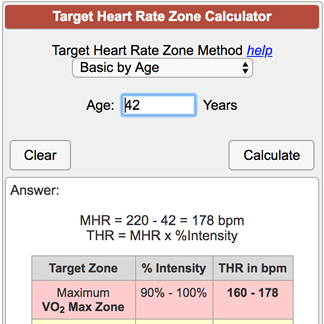Mr. Coffee
Well-Known Member
- Region
- USA
- City
- A Demented Corner of the North Cascades
Sort of. But it is hard to know precisely.This raises an interesting question I might look into: Does a rider have any control over her own cycling efficiency?
Control from ride to ride seems unlikely, but how about limited long-term control through some kind of training program?
You are likely to be most efficient at fairly low levels of effort and a low heart rate. For those in the know you reach peak efficiency if your heart rate is in "Zone 2". The very approximate rule of thumb is that you are in Zone 2 or lower if you can comfortably maintain a conversation while engaged in an activity. Absent complex lab tests it is challenging to be much more accurate than that.
If you are in better shape your Zone 2 power output will be higher. But if your heart rate is out of Zone 2 you are burning straight up sugars (mostly from your liver) and (1) you can't maintain that for very long, and (2) it is much less efficient. So generally at higher power power outputs your body will be less efficient. And if you are in a massive grind crank up a steep hill you will be the least efficient of all.
Also, if you aren't feeling well, are dehydrated, or are bonking your efficiency can go way down. And by "way down" I mean well below the 19-25 percent figures being tossed around in this forum. It is hard to know precisely but it is easily imaginable that your efficiency might go down below ten percent if you sweated out two liters of water -- which when riding hard on a warm day you might do in a couple of hours.

Target Heart Rate Calculator
Maximum heart rate calculator and exercise target heart rate zone calculator. Calculate exercise target heart rate zones using basic or Karvonen formulas. The 5 exercise zones calculated are VO2 Max, Anaerobic, Aerobic, Fat Burn and Warm Up heart rate zones.

How to avoid bonking on a bike ride
Essential tips to prevent that sudden, catastrophic loss of energy